Epidermises and Metamorphosis
In the introduction of the book “Vistara”, Architect Charles Correa writes about the “Purusha” and how the principal question about life is the relationship of man with his context (The encompassing circle)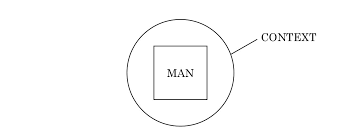
“In Vedic times, that circle is the cosmos itself – and man’s central concern is to define himself and his actions in relation to it. Thus even the buildings he constructs are models of the cosmos- no less. Man remains constant, while his context is constantly changing. The transformation involves absorption, an internalization, and ultimately reinvention.“ – Charles Correa.
He goes on to say that as centuries progress and the myths change, new ones come into being, are absorbed, ingested, internalized – and finally transformed into a new-architecture. Each time a metamorphosis occurs, a new era – “Vistara” – opens to our sensibilities.
Several preserved cultures around the world share this deep relationship with their context. Some such as the Tukanoan Indians have nine circles, concentrically arranged. (image below)
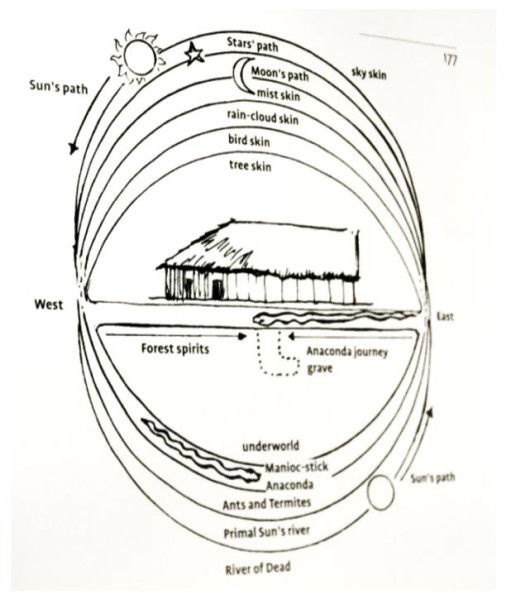
Christopher Alexander in his “The timeless way of building” explains the ways to understand these layers. A settlement with its patterns intact is innocent and egoless. What seems trivial is, in fact, a timeless pattern alcove. It is incomprehensibly evolved, dense and loaded. The thinner we slice, the more tasteful life is.
As this information passed on is too large to be explained by words, several cultures from Vedic architecture have codified these relationships with the cosmos into mandalas, or yantras.
The Sri yantra’s similarity with the tukoan world view is striking. This Yantra shows 9 interesting triangles, 4 upward and 5 downward triangles, symbolizing the union of Shiva and Shakti, the creative energies of this manifest world. In the centre is the Bindu, the reservoir of the infinite.
The Jain Cosmograph, early 19th Century painting represents a similar world view with various species represented on various concentric circles. The Vastu pursha is used to develop sacred architecture and secular buildings, allocates deities on specific squares, and the Vastu Purusha (cosmic man) represented in a specific balanced posed, provided the layered and interlinked energies of the cosmos are allocated accordingly in absolute and relative positions to each other. 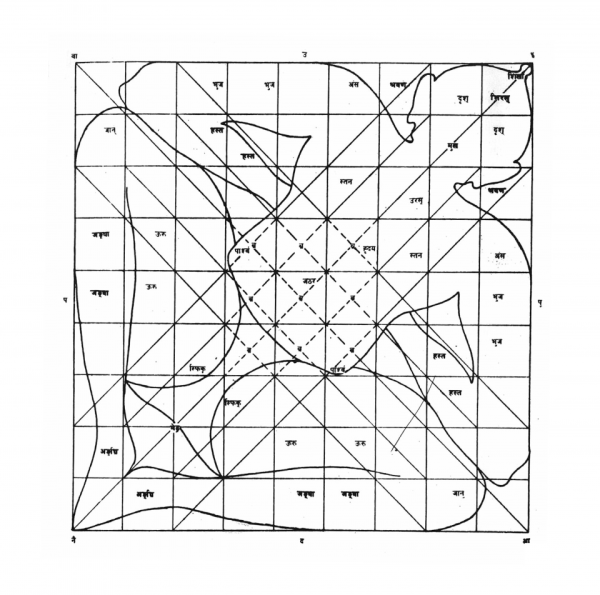
In simpler terms, a preserved settlement has its boundaries, epidermises that are defined by its contents and collectively present its relationship with the outside. A home is an epidermis, with the habitants relating to its boundaries, shaping it with their lives. While collectively presenting a characteristic idea to the outside. We can find several epidermises on the outside, layered and representing other relationships. For Example, the courtyard of houses/cluster, the street, the settlement, the region, the state, the country.. and so on. Internally layers exist inside the home; The boundary walls, doors and pathways, the rooms, nooks and corners, the bed, the clothes, the skin and the body.
Each epidermis has a structure and two faces (physically and metaphysically), one is inward-looking and the other is outward. The structure contains the insides and limits, regulates and controls a certain kind of exchange with the outside. The inside is “familiar”, where one feels “protected”, thanks to the familiarity. Each epidermis is sufficiently “resilient”, to a certain kind of familiar “risk”.
Further, the layers/skins/epidermises are interdependent. The breach of one to a certain kind of risk, leaves the inner epidermis(es) vulnerable, with the constituents having to come up with a new response. More “unfamiliar” the risk, more the vulnerability.
When one, in the name of “development”, breaks down the epidermises that have always existed. We are breached by all sorts of foreign elements. Our rich modern cities and towns are perfect examples of breached epidermises.
In our cities, the layers of protection we have developed are all questionable. Life is defined by a struggle of individualistic ambitions packaged and sold as “choice”. The epidermises of family and community were replaced by those of money and private property. Dante very beautifully depicted these circles in his play “ inferno”. How our modern layers of familiarity are the very sins it recognizes. Success is gained through the adoption of these concentric sins.
https://i.pinimg.com/564x/3e/2b/1b/3e2b1b5712ffe85a54cdf214d280ce10.jpg
The past few generations who tore their epidermises to develop this modern world are now in “metamorphosis”. While this metamorphosis occurs, the new world is faced with an opportunity to survive, if we learn to grow “real” epidermises.
As a young boy from a middle-class Indian family, I was educated into a society well described by Dante in the 16th Century – he called it the fifth circle of hell. Strange how his circles are so similarly structured to that of the Tukanoan Indian. Strange how this developed world is reeling from the current reality, while the Tukanoan Indian is still eating the fruit of the forest he protects.
As a young man today, my path of finding “Ikigai” has been to be useful by teaching people how to build with their own hands. It is a continuing process to learn from people who know how to use everything local and familiar. To work for people and the environment rather than money. It is a continual process of giving up the ego and “learning” to become innocent. While I am so glad to have chosen this path, I know for sure that epidermises aren’t built alone. We will have to find a way to come together to grow them. Be it for food, clothing, safety, shelter. We either have to learn from the preserved cultures or innovate slowly with trial and error.
I am glad the instruments that drive this developed world are collapsing. Glad, schools and colleges are all closed, and their very purpose being questioned. Glad people would hesitate to order something at their doorstep without being familiar where it came from and who were all involved. Glad we will have to understand closely, who grows our food, where our water comes from, who we represent and who represents us. Enjoy the holiday. We need to get to do real “work” after we exhaust Netflix and the news.

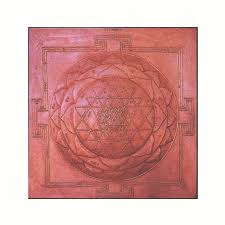
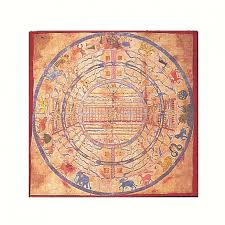
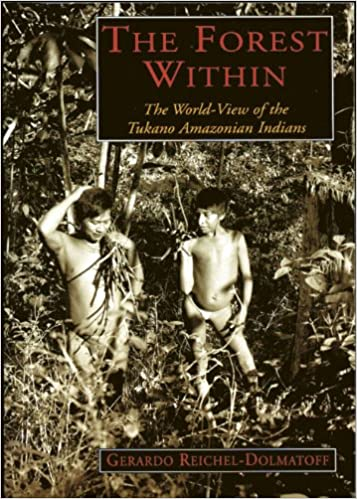
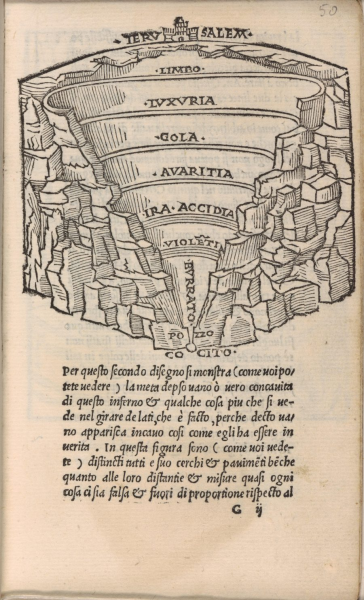
very nice 👍 Varun
We ARCHitects r taught only RCC-texture
& we (0.1%) r the directors of Civil Industry which has more than 50% share in all industry.
Very deep perspective.. which explains how house is an integrated part of our philosophical lifestyles…
One point hits me..
*MAN IS CONSTANT* but
*CONTEXT CHANGES*
And man, as a whole is a product of reactive approach to the context.. so that way nothing is constant…
The metaphysical face or structure of the epidermis, which is inward looking, may be familiar and protected, but the exchange of outer physical structure with inner structure of epidermis is continuous.
We need to understand ancient wisdom, how methodically, through our specific lifestyles this balance was tried to achieve. The equilibrium of epidermis is possible, but the solution may be a process of understanding metaphysical and physical structures of inner and outer sides of the epidermis.
🙏🙏🙏